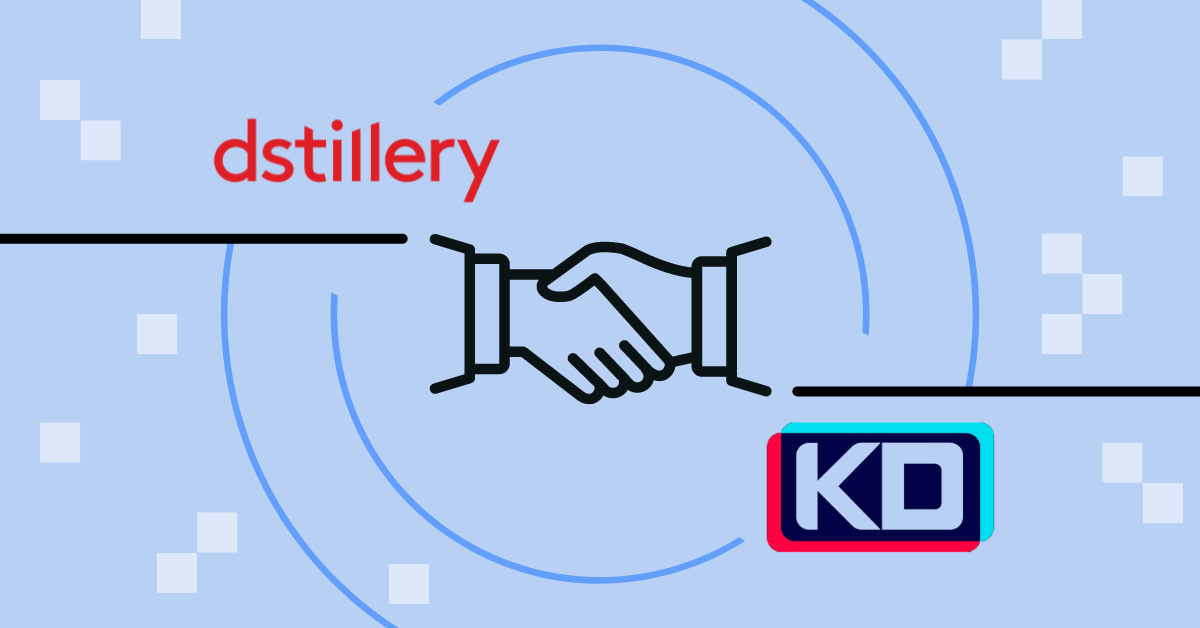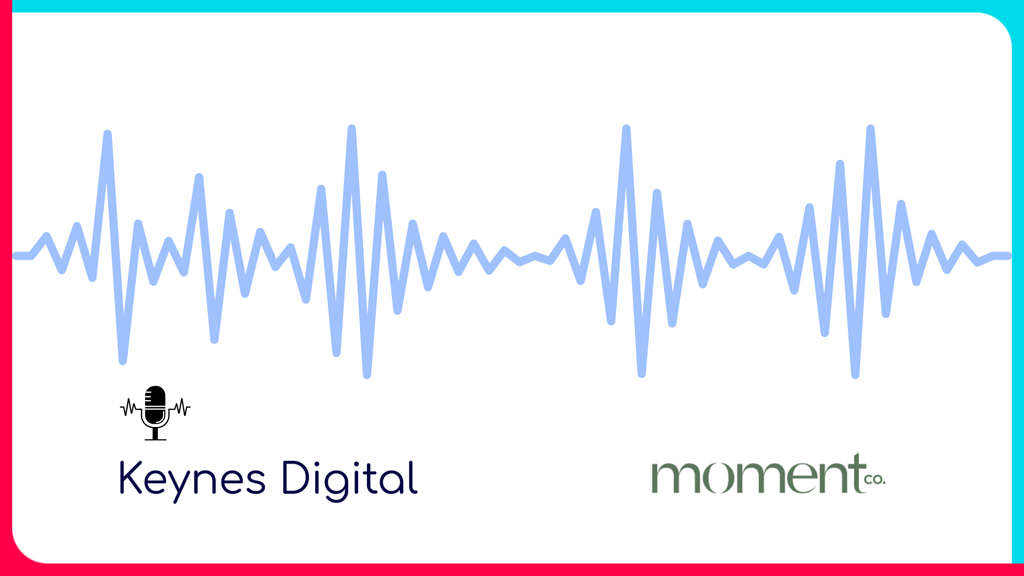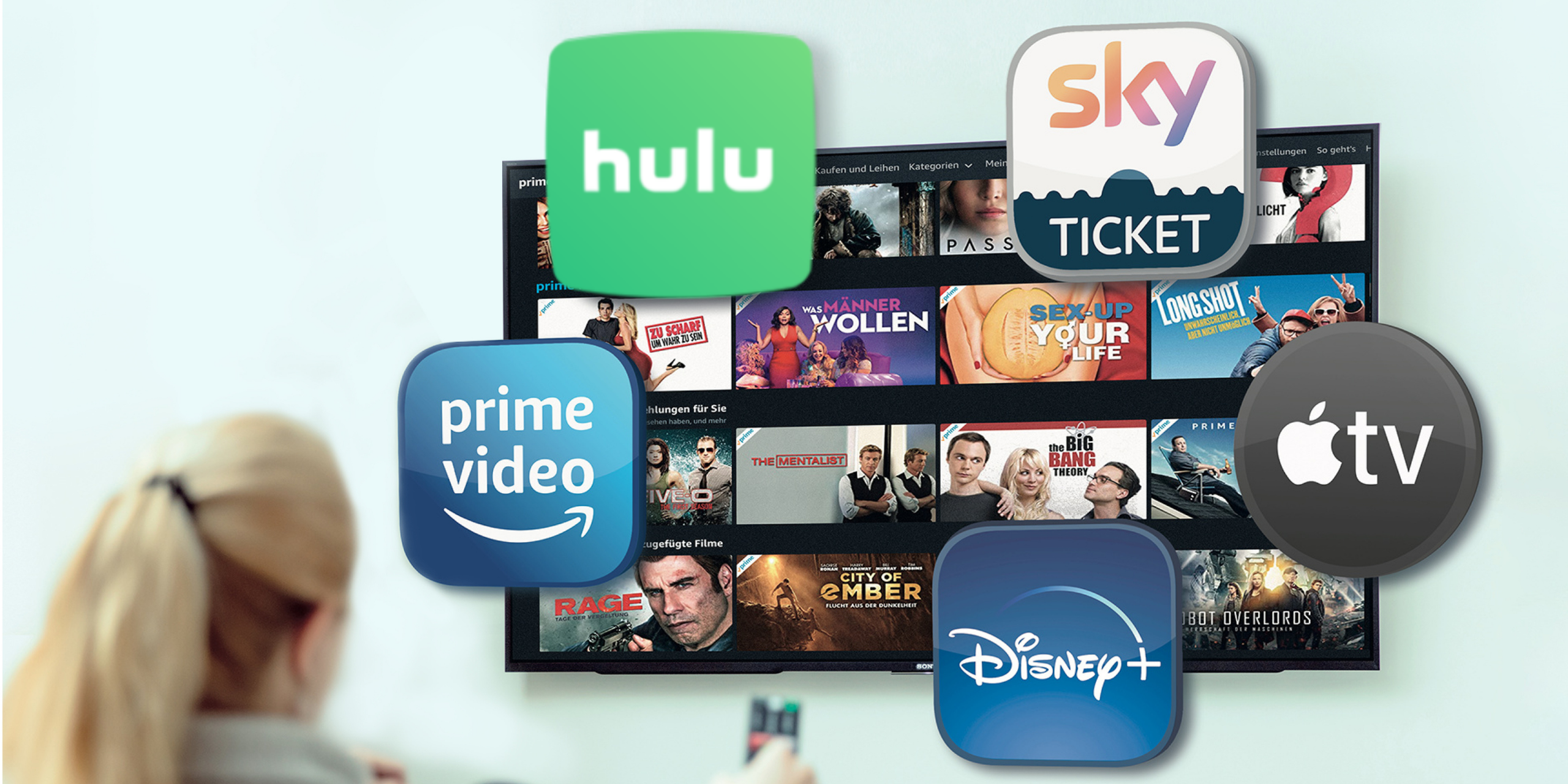FEP Marketing
FEP marketing is not the same as most strategies within the programmatic advertising sector. CTV programmatic advertising involves the use of software programs that collect data instantaneously to help marketers make viable decisions about what ads to purchase. For starters, Connected TV advertising is shown on devices that allow the consumer to stream TV content.
An FEP channel may be selected as part of a dynamic marketing strategy. FEP is a shortened term for a full-episode player. FEPs are professionally produced content that will resemble standard TV programs. An FEP will have the same runtime as network television programs too—typically clocking in between 30 and 60 minutes.
FEP marketing materials don’t necessarily have to only play on television screens. FEP options can run on web browsers, smartphones, tablets, desktop computers, and laptops. FEP will rely on addressable TV data to determine how to best deliver marketing materials. Addressable TV means data-driven decisions are made to determine the ads seen by households. For instance, both households may be watching the same FEP, but see different ads during the program.
Additional comparisons to evaluate when exploring FEP marketing options include the following:
- CTV vs OTT. CTV stands for “Connected TV” and doesn’t mean the same as OTT, which is an acronym for over the top. Connected TV refers to televisions with the capacity to go online. CTVs may have built-in internet technology like a smart television set from Sony or Samsung. Additionally, CTV includes televisions that use devices, such as Roku or Fire TV. OTT refers to the content streamed without a cable service through providers such as Hulu, Paramount Plus, and Peacock.
- OTT vs OLV. OLV stands for “online videos” and refers to the ads running on streaming OTT platforms. OLV ads can run before, during, or after any OTT streaming content and have brief runtimes.
FEP vs OLV
FEP online video isn’t the same as OLV. OLV advertising options are more comprehensive. For starters, OLV spots will be much shorter than FEP. OLV ads appearing on platforms like Youtube may last only a few seconds. FEP involves high-quality full episode-length videos that run for at least 30 minutes.
What is OLV can be answered simply: an online ad video format. OLV advertising is typically considered a way to market on multiple channels with an engaging video. According to the State of Online Video Report, the average individual will watch 5.75 hours of online video content each week. Each year, this estimate is expected to grow and continue to increase the potential reach of OLV ads.
Notably, OLV ads permit detailed targeting. For instance, marketers can serve to retarget OLV ads to consumers who have visited the brand’s website within the last month. However, OLV ads are short-form, skippable, and user-generated content. This leaves marketers wasting a lot of their advertising spend by targeting users who 1) will not watch the ad, and 2) will not take the brand seriously as it’s seen on a nonprofessional platform.
FEP vs VOD
When comparing FEP vs VOD, it’s easy to get confused. VOD stands for “video-on-demand”. These consumers watch Connected TV when they’re free and don’t have to rely on network TV schedules. VOD content allows viewers to never miss an episode of their favorite show. Producers understand the importance of the VOD market and typically make episodes available on-demand soon after airing live. VOD libraries can be utilized with cable service, but many users choose VOD options in place of cable.
FEP, in comparison, includes professional-quality productions that appear on any device on professional TV streaming platforms. Apps and web browsers can play FEPs in their entirety. The FEP will last about 30 to 60 minutes and includes commercial breaks.
There are essentially two types of platforms for VOD ads: subscription and transactional. Subscription VOD libraries involve paying a flat monthly rate for unlimited access to the content on the service. Transactional VODs follow a pay-per-view model. Users pay a fee each time they want to view content from the VOD provider. Ad models for VOD services will likely include in-stream video ads. The ads may play for a set duration before allowing the viewer to skip the rest. The provider may also offer the option for a non-skippable ad spot.
FEP vs OTT
As mentioned above, OTT is also the content being streamed over an internet-connected device. Unlike FEP content, OTT content can be considered on both CTV devices, such as Roku and Apple TV, and OLV platforms, such as Youtube. These “OTT devices” deliver streaming content through an online connection, while OTT providers such as Hulu and Discover Plus curate streaming content. Most streaming services permit OTT advertising to appear on any device, including a smart TV, smartphone, or tablet. This is very similar to FEP because full-episode players can be accessed from both the web and applications.
FEP has a very inclusive format and isn’t limited to only full-length TV broadcasts. FEP can include news reports, comedy stand-up specials, cooking shows, soap operas, and sporting events, but is only streamed through professionally made content.
FEP OTT advertising has advantages. The most significant advantage is that marketers have a vast number of options available. FEP OTT ads appear across devices to reach target audiences with professionally and credibly made content.
FEP vs CTV
Another comparison to make is between FEP vs CTV and understanding what is Connected TV. A simplistic Connected TV definition is a television connected to the internet. Connected TV advertising inventory will include spots that play on a television set, mobile devices, desktops, and even tablets.
Connected TV advertising means only FEP content. Connected TV advertising is only non-skippable, professionally-made content on premium TV networks. These Connected TV advertisements fill 100 percent of a viewer’s screen.
The timing of a Connected TV commercial is simple—these play before and during streaming TV content. For FEP, delivery of the ads occurs during full-length playable content. FEP ads are not played during short clips. All impressions for an ad play before, during, or after the full episode has streamed. FEP advertisements are only shown professionally through a Connected TV for example and selected based on a variety of consumer attributes.
FEP vs Addressable TV
What is a full-episode player? An FEP is a spot open to advertisers who are looking to show ads with high-quality content. When an advertiser purchases an FEP spot, their ads won’t be uploaded before a short clip via YouTube. Instead, the FEP ad plays before and during the FEP content. FEP ads are shown on any device at any time.
Since FEPs only feature high-quality productions, it increases the value of the ads served during the stream. According to Upwork, FEP ad space is targeted by advertisers because of the long-form format. The FEP content ads appear on shows that have a higher likelihood of being binge-watched by consumers. These TV commercials play up to 1 minute and 20 seconds, for example, so viewers are less likely to leave the programming, increasing the chance of advertising brands making connections.
FEP ads can work in the same manner as addressable TV. During FEP placements, marketers can target consumers based on location, time of day, viewing category, and other key demographics. Addressable TV ads provide segmentation options for marketers. Different ads can be served to different viewers and households during the same TV programs. The segmentation can be based on location, gender, age, and viewing behaviors.
Other relationships to understand when exploring FEP as advertising means include:
- FEP vs Addressable TV. Addressable TV typically has more targeting options than FEP ads. Delivery of addressable TV ads extends beyond basic demographics and can be adjusted based on how the consumer views content. Addressable TV ads can be shown to satellite, cable, and internet TV customers.
- Addressable TV vs OTT. Addressable TV isn’t limited to streaming content like OTT. OTT advertising must appear over the top of set-top boxes. Addressable TV ads may be served online or most often via a set-top box.
- Addressable TV vs Connected TV. Addressable TV ads don’t require an internet connection like Connected TV advertising. However, both types of ads were created to better target audiences. The difference is that addressable TV options can be delivered through set-top box providers. Instead of targeting content, marketers are targeting households and individuals.
Industry Expert Insights
We are your high-touch, performance-focused streaming TV and programmatic advertising partner. Our team of experts and a one-of-a-kind data-driven platform connects you to the best streaming TV marketing strategies.









































